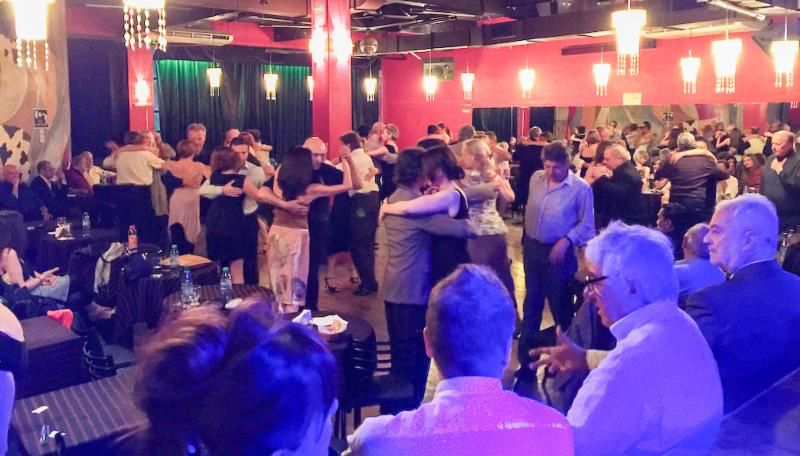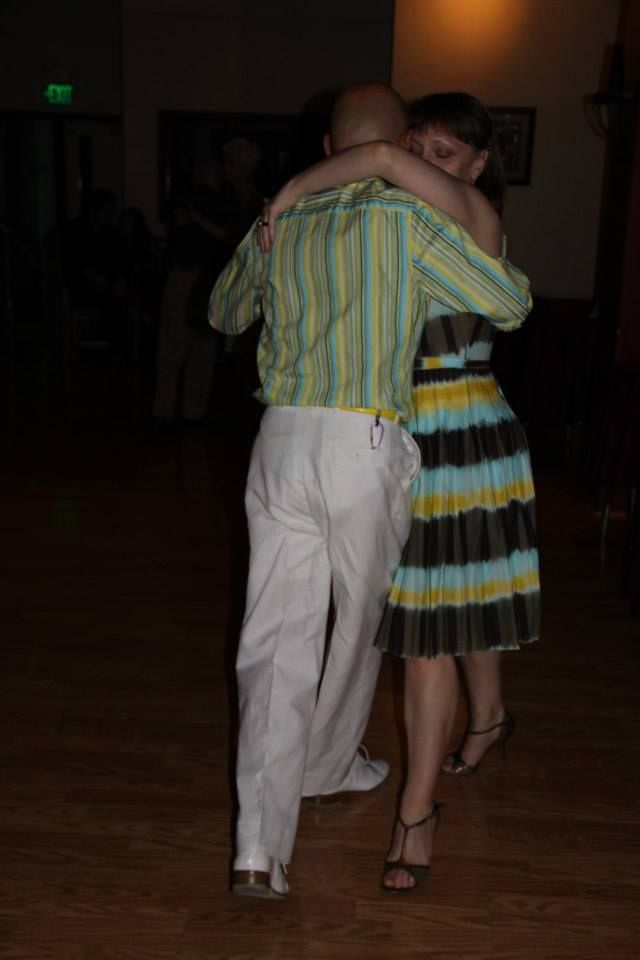“Sobre el pucho” by Juan D’Arienzo y su Orquesta Típica with Héctor Mauré in vocals, 1941.
“Sobre el pucho” by Juan D’Arienzo y su Orquesta Típica with Héctor Mauré in vocals, 1941.

José González Castillo
Poet and lyricist (25 January 1885 – 22 October 1937)
Lyrics for tango were born around 1914, based on those ones conceived by Pascual Contursi that year and the following years (“De vuelta al bulín”, “Ivette”, “Flor de fango”, “Mi noche triste (Lita)”), and they were growing strong very slowly.
So much so that in Carlos Gardel’s repertoire tangos were, until the next decade, a rare bird. There was not even a notion of how to sing a tango, a standard that Gardel was gradually establishing after 1922.
That was, precisely, the year José González Castillo truly disembarked in the genre with the lyrics of “Sobre el pucho”, after Sebastián Piana’s music, which was introduced at the talent contest organized by Tango cigarettes.
José Gobello (Crónica general del tango, Editorial Fraterna) stated about this work that, with it «some novelties broke into tango that the tango literary work of Homero Manzi would later turn into true constants. By the way, Pompeya («Un callejón en Pompeya/y un farolito plateando el fango…»); later, the description of the neighborhood and, soon, the enumeration as a descriptive procedure».
But in those lyrics there is something else, metaphor, that springs up in the memory that the malevo devotes to his lost love «…tu inconstancia loca/me arrebató de tu boca/como pucho que se tira/ cuando ya/ni sabor ni aroma da». It is clear that González Castillo was a forerunner, and also that other later lyricists were who deepened those trends.
Listen and buy:
-
Amazon music
-
iTunes music
-
Spotify
We are happy to have a collaboration with the people from tangotunes.com from whom some of you may have heard, they do high-quality transfers from original tango shellacs.
It is the number 1 source for professional Tango DJs all over the world.
- Now they started a new project that addresses the dancers and the website is https://en.mytango.online
You will find two compilations at the beginning, one tango and one vals compilation in amazing quality.
The price is 50€ each (for 32 songs each compilation) and now the good news!
If you enter the promo code 8343 when you register at this site you will get a 20% discount!
Thanks for supporting this project, you will find other useful information on the site, a great initiative.
We have lots more music and history









